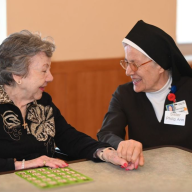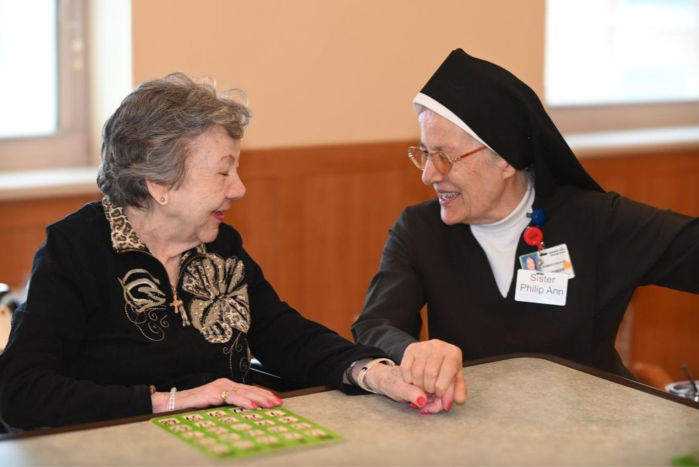By The Greater Astoria Historical Society
On July 1, 1911, Long Island City and Greenpoint got a good look at the first airplane, piloted by Harry Atwood, to fly between Boston and New York. His flight the previous Friday from Boston to New London, Conn., a distance of 135 miles, was the longest continuous cross-country flight made in America at the time.
Atwood flew over Astoria and Dutch Kills and followed Jackson Avenue to Greenpoint and then the East River to his final destination at Governors Island. Earlier in the morning, he made a landing in Astoria on the vacant lots on Woolsey Avenue, between Goodrich and Chauncey streets. Fearing he would be mobbed by the curious and that his plane might be damaged, he sent in a telephone call for police reserves. Sgt. Orpheus and a squad of men from the Astoria station arrived and quickly drove the crowd, estimated at 3,000, back a safe distance.
“Up in New England,” Atwood said, “whenever I land, I have lots of trouble in keeping people from getting too close to my machine. In some of these good-natured stampedes, I have barely escaped personal injury, to say nothing of damage to the plane.”
l
On July 19, 1984, 64 years after American women won the right to vote, Geraldine Ferraro, of Forest Hills Gardens, was selected as the Democratic vice presidential candidate. The three-term congresswoman was the first of her gender named on the ticket of a major American political party.
Ferraro was born Aug. 26, 1935, the third child of Dominick and Antonetta Ferraro. Her father, an Italian immigrant, operated a nightclub in Newburgh, a small city north of New York City. When Ferraro was 8, her father was arrested and charged with operating an illegal gambling operation. He died of a heart attack the day he was to appear for trial. After his death, the Ferraro family moved to the Bronx, where Antonetta worked in the garment industry to support herself and her children.
Geraldine was an excellent student, skipping from the sixth- to eighth-grade and graduating from high school at 16. While holding down two or three jobs, she attended college on a scholarship and went to law school.
From 1961-74 Ferraro practiced law, had three children and worked as an elementary school teacher in Astoria and later in her husband’s real estate business. She became an assistant district attorney in 1974 and got elected to Congress four years later.
There, she was a women’s and human rights advocate. She worked for passage of the Equal Rights Amendment; sponsored the Women’s Economic Equity Act, ending pension discrimination against women; and sought greater job training and opportunities for displaced homemakers.
Presidential candidate Walter Mondale, sensing his lackluster image and plodding campaign against a popular Ronald Reagan, needed glamour and energy. Geraldine seemed the perfect solution. As a vice presidential candidate, it was thought Ferraro would greatly benefit Mondale’s presidential campaign. Democrats hoped Ferraro would help take advantage of the gender gap — that is, the clear difference in voting patterns between men and women.
In her acceptance speech, she spoke of the realization of the American dream: “Tonight, the daughter of an immigrant from Italy has been chosen to run for vice president in the new land my father came to love ….”
Shortly after the convention, however, controversy erupted about her personal finances and the business dealings of her husband. The ensuing scandal doomed the Mondale-Ferraro ticket.
The ticket lost, Ferraro’s candidacy forever reshaped the American political and social landscape. Although she never again won political office — she ran for the U.S. Senate twice — she remained in the public eye, including being appointed to the United Nations Commission on Human Rights. She was inducted into the National Women’s Hall of Fame.
Notable quote: “Some leaders are born women.”
For more information, call 718-278-0700 or visit astorialic.org.






























